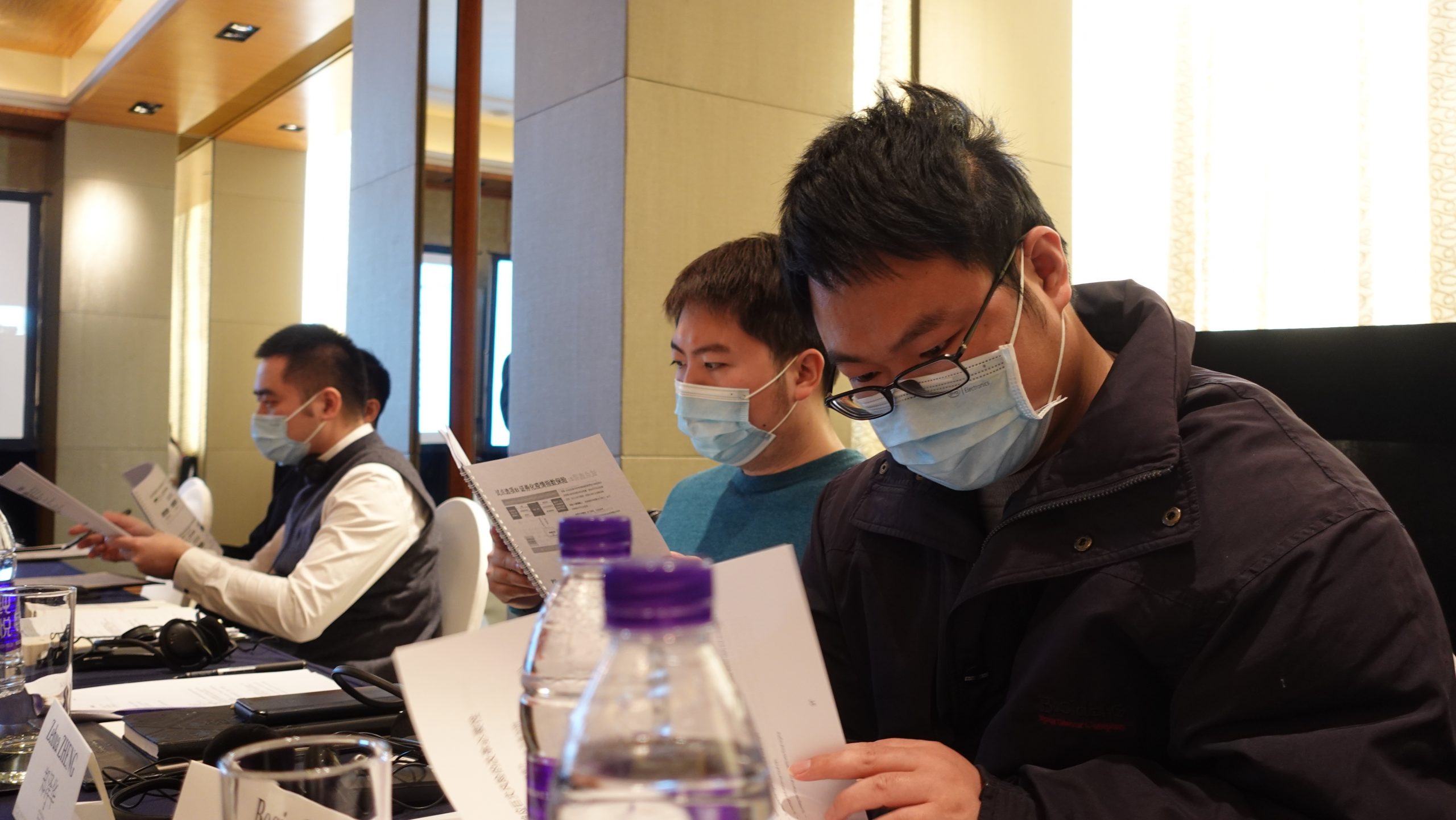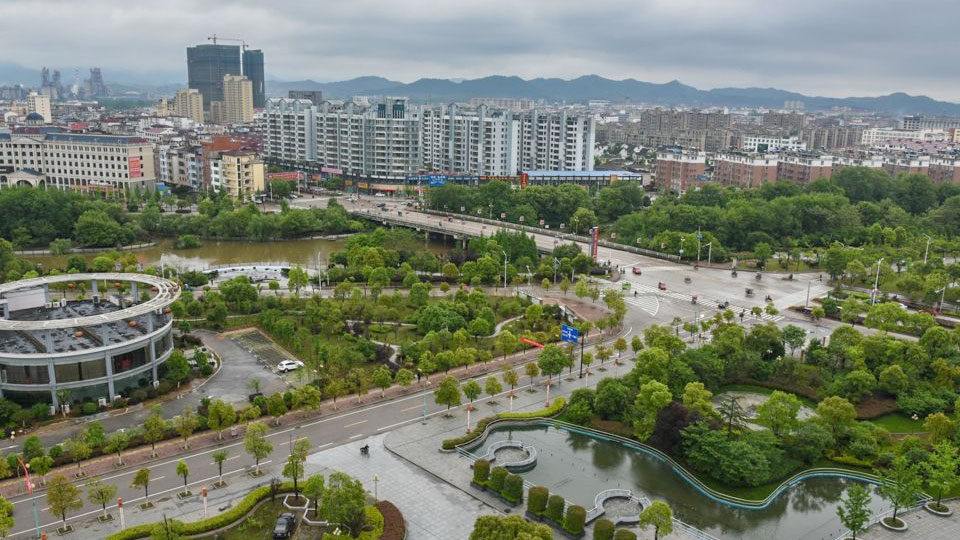.jpg)
To rebuild greener and address climate challenges, the PRC should “green” its investments, financing tools and fiscal spending while at the same time developing a robust monitoring and evaluation framework.
Thanks to strict virus containment measures and an array of supportive monetary and fiscal policies, the PRC rebounded quickly from the shock of the pandemic. The country’s fiscal and monetary stimulus policies to mitigate the adverse impact of COVID-19 on the economy have amounted to $2.3 trillion, or 16.1% of gross domestic product (GDP) by the end of August 2021. The economy is now forecast to grow 8.1% in 2021 and 5.5% in 2022.
The government’s policy priorities must move from rescue to the recovery mode, from short-term stabilization measures to long-term economic recovery. In addition to rescue measures, the government announced recovery measures amounting to around $407 billion. However, the “green” share of the recovery spending – that which is likely to reduce greenhouse gas emissions, reduce air pollution and/or strengthen natural capital – only reached 12%, which was comparatively low compared to those of countries such as Canada (75%), Germany (47%), and France (38%).
The PRC already has ambitious long-term targets on environment and climate, such as peaking carbon emissions before 2030 and reaching carbon neutrality before 2060. Ensuring these targets are met requires policies that address climate challenges to ensure a green recovery from the COVID-19 shock.
At the same time, Organisation for Economic Co-operation and Development research shows that well-designed green stimulus measures can bring critical economic and environmental benefits. Also, thanks to falling technology costs, which enable more choices of green investments, green measures would support the economy and employment more strongly than in recovery from the 2008 Global Financial Crisis.
The PRC already has ambitious long-term targets on environment and climate.
Rebuilding greener requires the following policy actions:
Align public investment with long-term environmental goals.
To boost public infrastructure development and to support economic recovery, the quota for new local government special bonds reached CNY3.75 trillion in 2020 and CNY3.65 trillion in 2021. This significant financial support to public infrastructure highlights the opportunity to allocate public resources toward sectors supporting the environment, such as renewable energy, biodiversity, and water management.
Leverage green finance.
The PRC would need annual investment in energy transformation equivalent to 2%–2.5% of GDP from 2020 to 2050 to achieve a long-term low carbon transition pathway (2-degree transition pathway), according to a report by Tsinghua University’s Institute of Climate Change and Sustainable Development.
By the end of 2020, the sizes of outstanding green loans and green bonds were the world’s largest and second largest, respectively. Despite this rapid expansion of the green finance sector, a large financing gap remains. Thus, more capital needs to be mobilized to fund green infrastructure, which requires more private participation and broader funding base in addition to a well-designed and implemented public policy such as tax incentives, grants, legislation, and regulation.
Budget green.
The environmental impacts of the government’s budget choices are important to consider when designing policies. While public debt needs to be consolidated, public expenditure on social protection and green projects should be prioritized. The government can increase fiscal revenue by taxing emissions and polluting activities. International experience shows that green budgeting commonly involves tagging budget measures according to their climate and environment impacts. For example, 30% of the budget in France was allocated to green recovery measures in September 2020 based on this framework.
Monitor and evaluate the policies.
The government needs to identify and monitor the environmental impacts of its policies to ensure their alignment with climate and sustainability goals. Currently, such assessment is not fully in place yet, and there are only few databases to track and assess the environmental impact of government policies. Defining clear criteria and indicators for different policy areas and disclosing related results would be a good starting point.
The PRC has a historic opportunity to craft a “green” recovery from the pandemic if the right policies are put into place.
Author

Wen Qi
Associate Economics Officer, PRC Resident Mission, ADB
This blog is reproduced from Asian Development Blog.




















